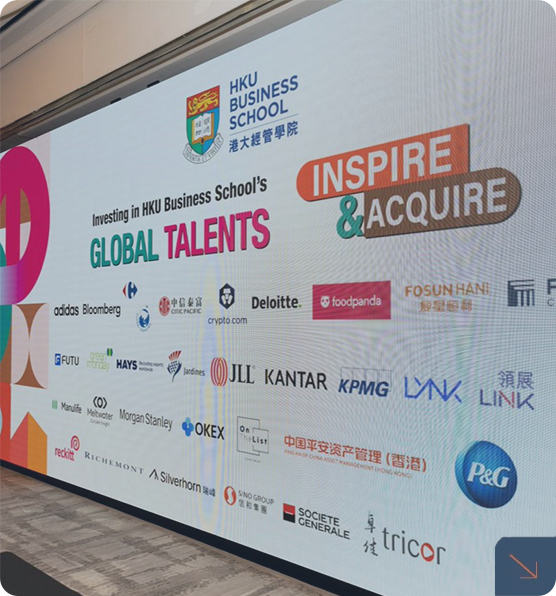The latest "Asia's Top 500 Brands" list was unveiled on the 25th in Hong Kong, with Toyota, State Grid, and Industrial and Commercial Bank ranking in the top three. China has the most entries among the countries. Dr. Sara Kim, a marketing professor at the HKU Business School, stated that Asian brands are having a transformative impact on the global economic landscape.

Firms often attribute their service employees’ competent performance to either dedicated effort or natural talent. However, it is unclear how such practices affect customer evaluations of service employees and customer outcomes. Moreover, prior work has primarily examined attributions of one’s own performance, providing little insight on the impact of attributions of others’ performance. Drawing on research regarding the warmth–competence framework and performance attributions, the current research proposes and finds that consumers expect a more communal-oriented and less exchange-oriented relationship when a service employee’s competent performance is attributed to dedicated effort rather than natural talent, as effort (vs. talent) attribution leads consumers to perceive the employee as warmer. The authors further propose customer helping behaviors as downstream consequences of relationship expectations, finding that effort (vs. talent) attribution is more likely to induce customers’ word-of-mouth and idea provision behaviors. The findings enrich existing literature by identifying performance attributions as a managerially meaningful antecedent of relationship expectations and offer practical guidance on how marketers can influence consumers’ relationship expectations and helping behaviors.
Opinion piece by Dr. Sara Kim, Associate Professor in Marketing
Across five studies, the current research demonstrates that imbuing money with humanlike characteristics can enhance charitable giving. Based on mind perception theory, we propose that anthropomorphizing money can induce people to attribute to money the capacity to feel and sense (i.e., warmth) and the capacity to do things (i.e., competence). Further, we argue that enhanced warmth perception increases charitable giving. Studies 1a and 1b provided initial evidence that money anthropomorphism increased charitable giving by measuring real monetary donation behavior (study 1a) and by adopting a practical method to anthropomorphize money in charitable appeals (study 1b). Study 2 showed that money anthropomorphism enhanced both warmth and competence perceptions of money, but that only enhanced warmth perception increased donation intention. Study 3 showed that money anthropomorphism did not enhance other types of charitable giving, such as signature provision. Study 4 showed that the money anthropomorphism effect was unique to money and that anthropomorphizing other financial instruments, such as a credit card, did not induce the same effect.
Virtually no research has examined the role of emoticons in commercial relationships, and research outside the marketing domain reports mixed findings. This article aims to resolve these mixed findings by considering that emoticon senders are often simultaneously evaluated on two fundamental dimensions, warmth and competence, and the accessibility of one dimension over the other is critically contingent on salient relationship norms (communal vs. exchange norms) in customers’ minds due to individual and situational factors. Through laboratory and field experiments, the current research shows that customers perceive service employees who use emoticons as higher in warmth but lower in competence compared to those who do not (study 1). We further demonstrate that when a service employee uses emoticons, communal-oriented (exchange-oriented) customers are more likely to infer higher warmth (lower competence) and thus to be more (less) satisfied with the service (study 2). We also examine two practically important service situations that can make a certain type of relationship norm more salient: unsatisfactory services (study 3) and employees’ extra-role services (study 4). We speculate on possible mechanisms underlying these effects and discuss theoretical and practical implications along with opportunities for future research.





